The speed of a car as a function of time as shown figure. Find the acceleration and distance travelled by the car in 8 seconds .
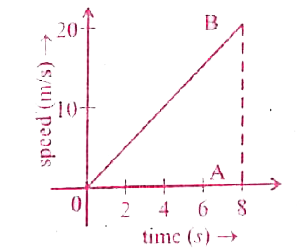 Solution in Tamil
Solution in Tamil
An instinctive answer to (i) might be that the force on the wall in case (a) is normal to the wall, while that in case (b) is inclined at 30° to the normal. This answer is wrong. The force on the wall is normal to the wall in both cases. How to find the force on the wall? The trick is to consider the force (or impulse) on the ball due to the wall using the second law, and then use the third law to answer (i). Let u be the speed of each ball before and after collision with the wall, and m the mass of each ball. Choose the x and y axes as shown in the figure, and consider the change in momentum of the ball in each case :
Case (a)
(px)initial = mu (py)initial=0
(px)final = -mu (py)final=0
Impulse is the change in momentum vector. Therefore ,
x-component of impulse = – 2 m u
y-component of impulse = 0
Impulse and force are in the same direction. Clearly, from above, the force on the ball due to the wall is normal to the wall, along the negative x-direction. Using Newton’s third law of motion, the force on the wall due to the ball is normal to the wall along the positive x-direction. The magnitude of force cannot be ascertained since the small time taken for the collision has not been specified in the problem.
case (b)
(px)initial= mu cos 30∘,(py)initial= - mu sin 30∘
(px)final = - mu cos 30∘,(py)final= - mu sin 30∘
Note while px changes sign after collision , py does not. therefore
x - component of impulse = - mu cos30∘
y = component impulse = 0
The direction of impulse (and force) is the same as in (a) and is normal to the wall along the negative x direction. As before, using Newton’s third law, the force on the wall due to the ball is normal to the wall along the positive x direction. The ratio of the magnitudes of the impulses imparted to the balls in (a) and (b) is
2mu/(2mu cos 30∘) = 2√3=1.2
Topper's Solved these Questions
- LAW OF MOTIONBOOK - NCERT TAMILCHAPTER - LAW OF MOTIONEXERCISE - EXERCISE
23 Videos
- LAW OF MOTIONBOOK - NCERT TAMILCHAPTER - LAW OF MOTIONEXERCISE - EXERCISE (ADDITIONAL EXERCISE)
17 Videos
- KINETIC THEORY OF GASESBOOK - NCERT TAMILCHAPTER - KINETIC THEORY OF GASESEXERCISE - EVALUATION (Numerical Problems)
8 Videos
- LAWS OF MOTIONBOOK - NCERT TAMILCHAPTER - LAWS OF MOTIONEXERCISE - EXERCISE (V. Numerical Problems)
14 Videos
Similar Questions
Give the magnitude and direction of the net force acting on
(a) a drop of rain falling down with a constant speed
(b) a crok of mass 10 g floating on water
(c) a kite skilfully held stationary in the sky
(d) a car moving with a constant velocity of 30kh/h on a rough road
(e) a high speed electron in space free from all gravitational objects and free of electric and magnetic fields.
View SolutionFigure shows the position-time graph of a body of mass 0.04 kg. Suggest a suitable physical context for this motion. What is the time between two consecutive impulses received by the body ? What is the magnitude of each impulse ?
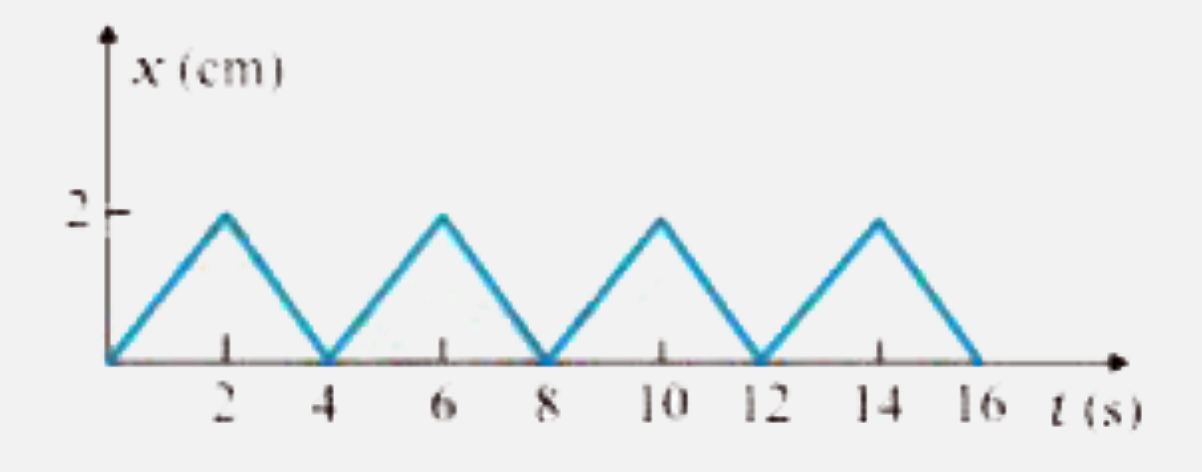
View SolutionA fresh air is composed of nitrogen N2(78%) and oxygen O2(21%). Find the rms speed of N2 and O2 at 20∘C.
View SolutionA force of 50N act on the object of mass 20 kg. shown in the figure. Calculate the acceleration of the object in x and y directions
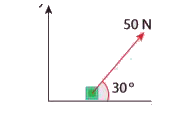
View SolutionThe speed of a car as a function of time is shown in figure.
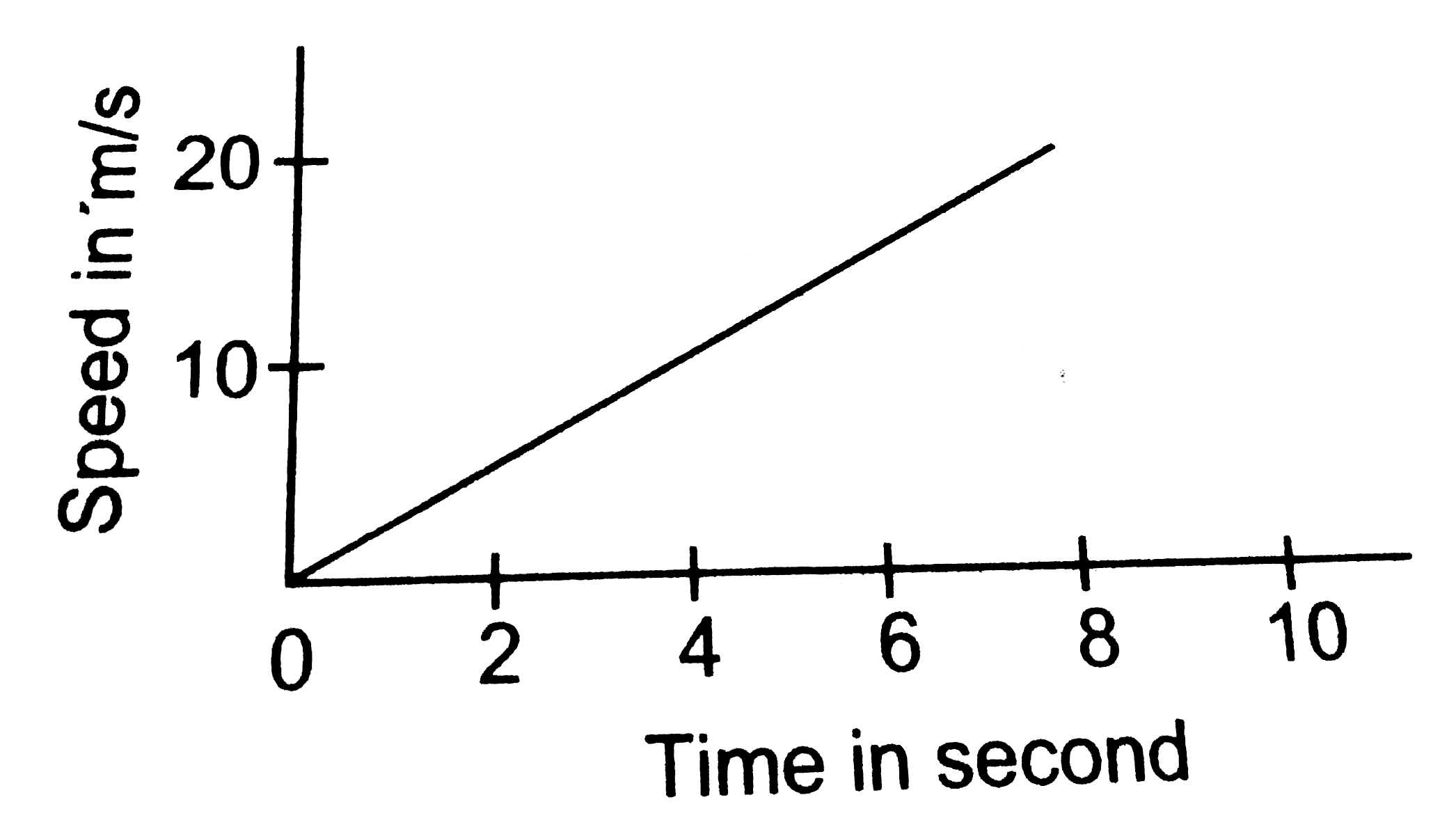
Find the distance travelled by the car in 8 seconds and its acceleration.
View SolutionThe velocity of a car as a function of time is shown in Fig. Find the distance travelled by the car in 8s and its acceleration.
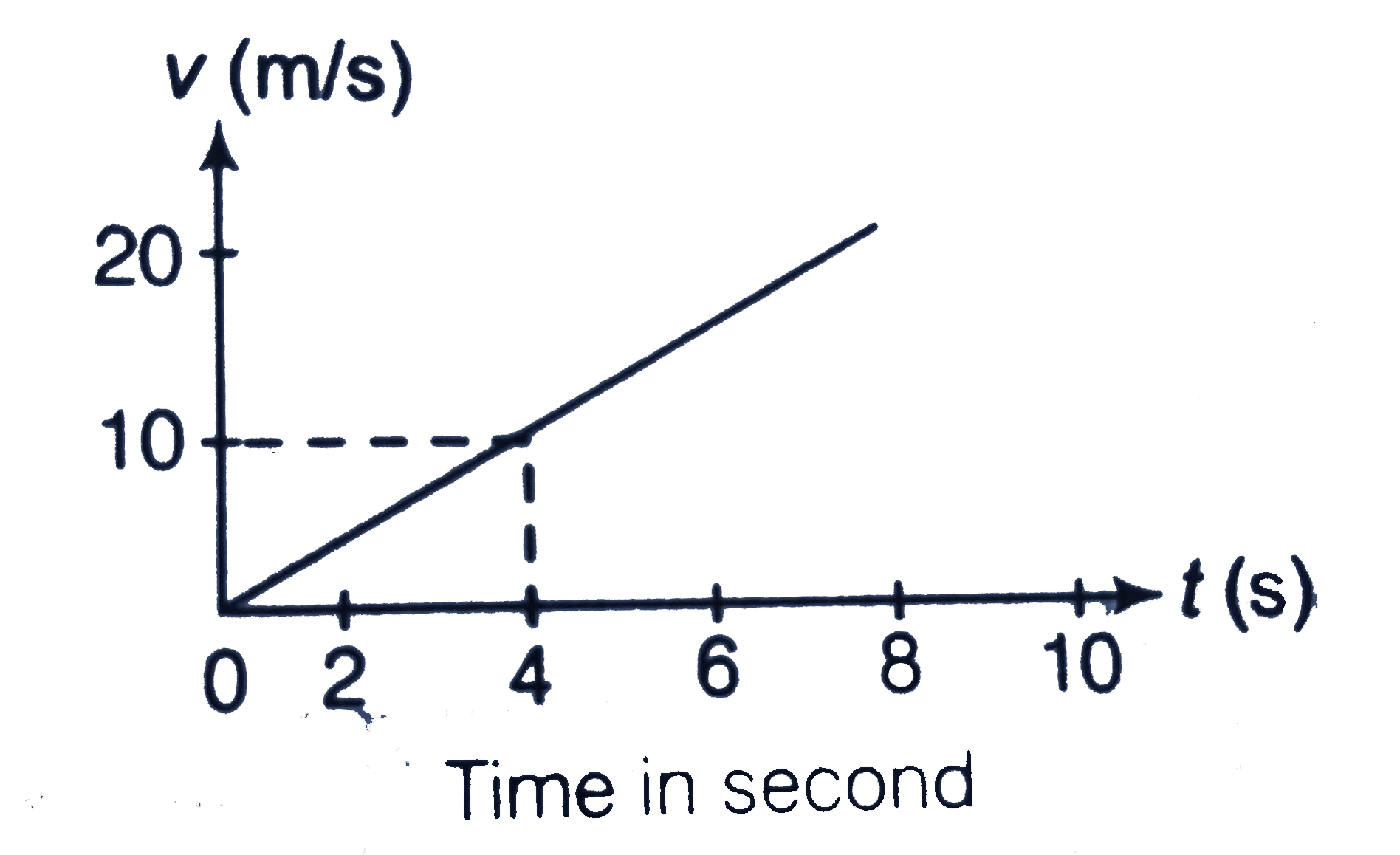
View Solutionएक कार एक सीधी समतल सड़क पर एकसमान त्वरण से विराम से चलते हुए 25 सेकण्ड में 180 किमी/घण्टा की चाल अर्जित कर लेती है । कार द्वारा इस समय-अन्तराल में चली गयी दूरी ज्ञात कीजिए ।
View Solutionसीधी सड़क पर चलती एक कार की चाल समय के साथ ग्राफ चित्र में दिखाया गया है | 8 s में कार द्वारा चली गई दुरी तथा कार का त्वरण निकले |
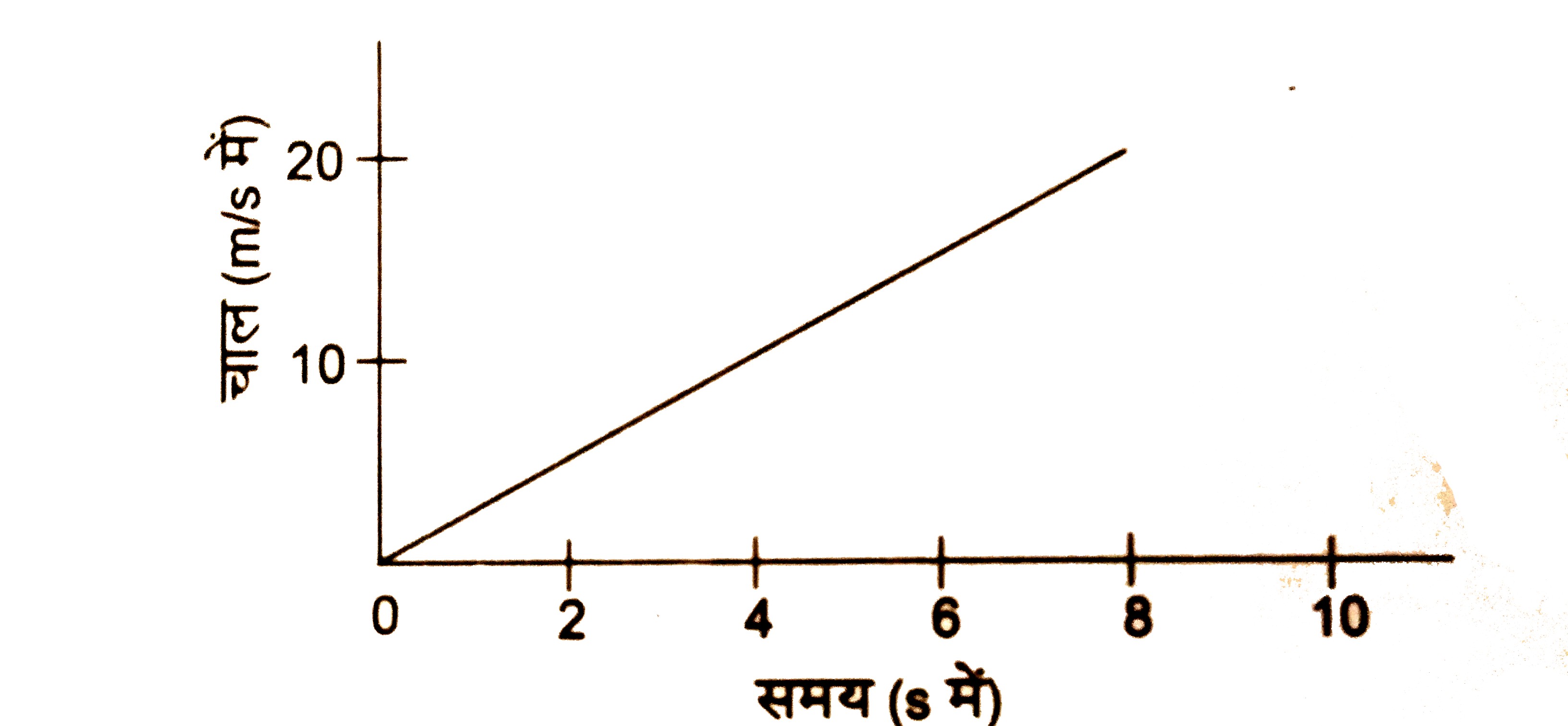
View Solutionएकसमान त्वरण से एक कार 5 सेकंड में 18 किमी/घण्टा से 36 किमी/घण्टा की गति प्राप्त कर लेती है त्वरण तथा इतने समय में कार द्वारा तय की गयी दूरी की गणना कीजिए ।
View Solutionएक कार विश्रामावस्था से 5 मीटर/सेकंड2 के त्वरण से गति शुरू करती है । 8 सेकंड में कार द्वारा चली गयी दूरी ज्ञात कीजिए ।
View Solutionकिसी कार का ग्राफ सलंग्न चित्र में पदर्शित है। ग्राफ से ज्ञात कीजिये :
(i) प्रथम 10 सेकंड में कार द्धारा चली गयी दूरी ,
(ii) O से A तक कार का त्वरण ,
(iii) 15 वे सेकंड पर कार का त्वरण ,
(iv) B से C तक कार का त्वरण ,
(v) 25 सेकंड में कार के द्धारा चली दूरी ,
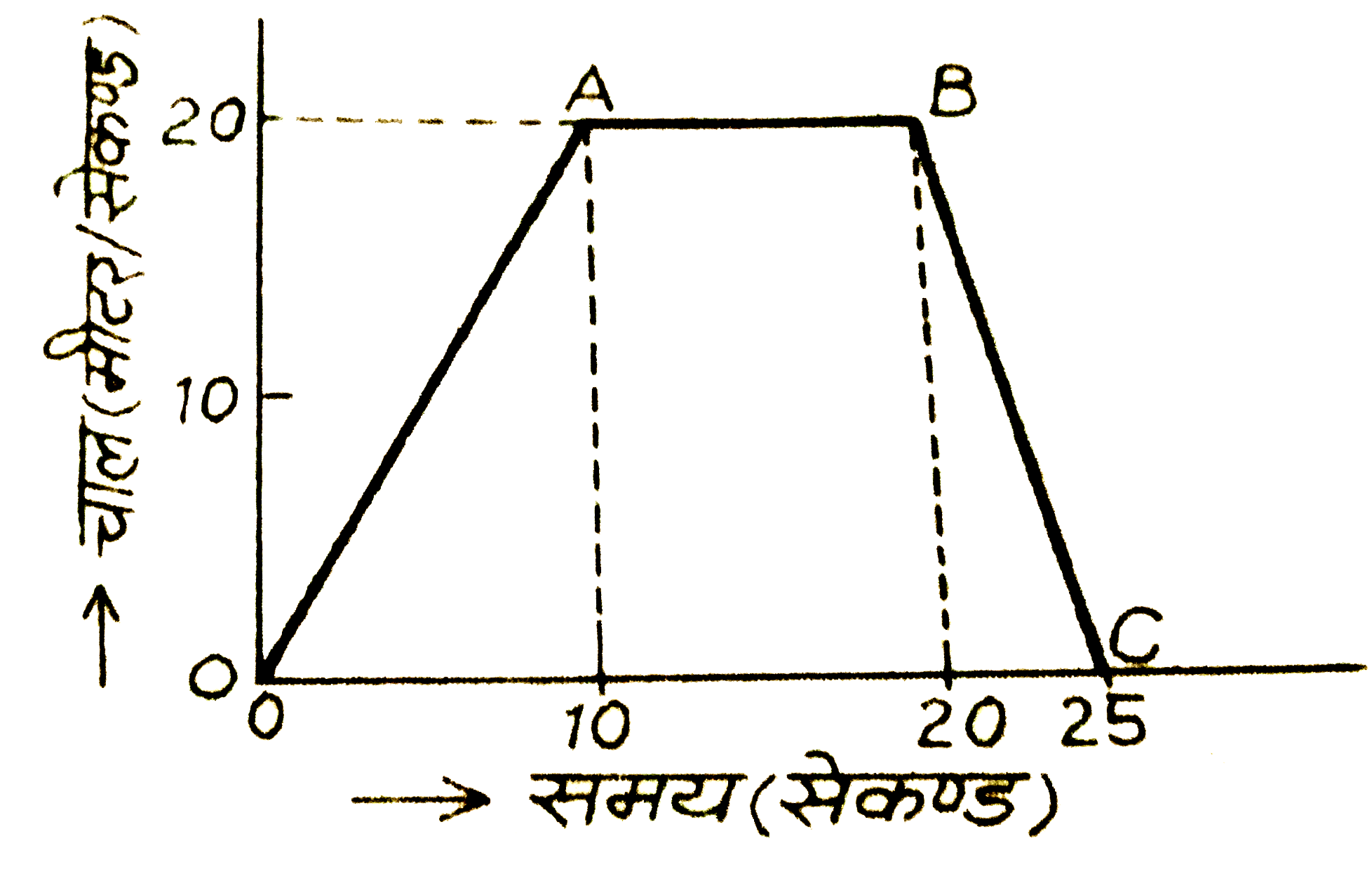
View SolutionThe speed of a car as a function of time as shown figure. Find the acceleration and distance travelled by the car in 8 seconds .

View SolutionThe speed of a car as a function of time as shown figure. Find the acceleration and distance travelled by the car in 8 seconds .
View SolutionThe speed-time graph for a car is shown is Fig.
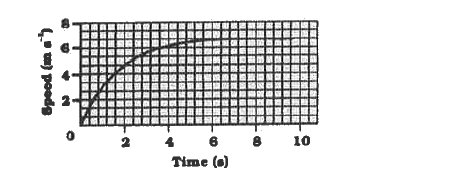
Find how far does the car travel in the first 4 seconds. Shade the area on the graph that represents the distance travelled by the car during the period.
View SolutionThe speed time graph for a car is shown in fig 8.12
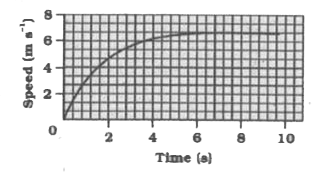
Find out how far the car travels in the first 4 seconds. Shade the area on the graph that represents the distance travelled by the car during the period.
View SolutionThe speed of a car as a function of time is shown in figure.

Find the distance travelled by the car in 8 seconds and its acceleration.
View Solution